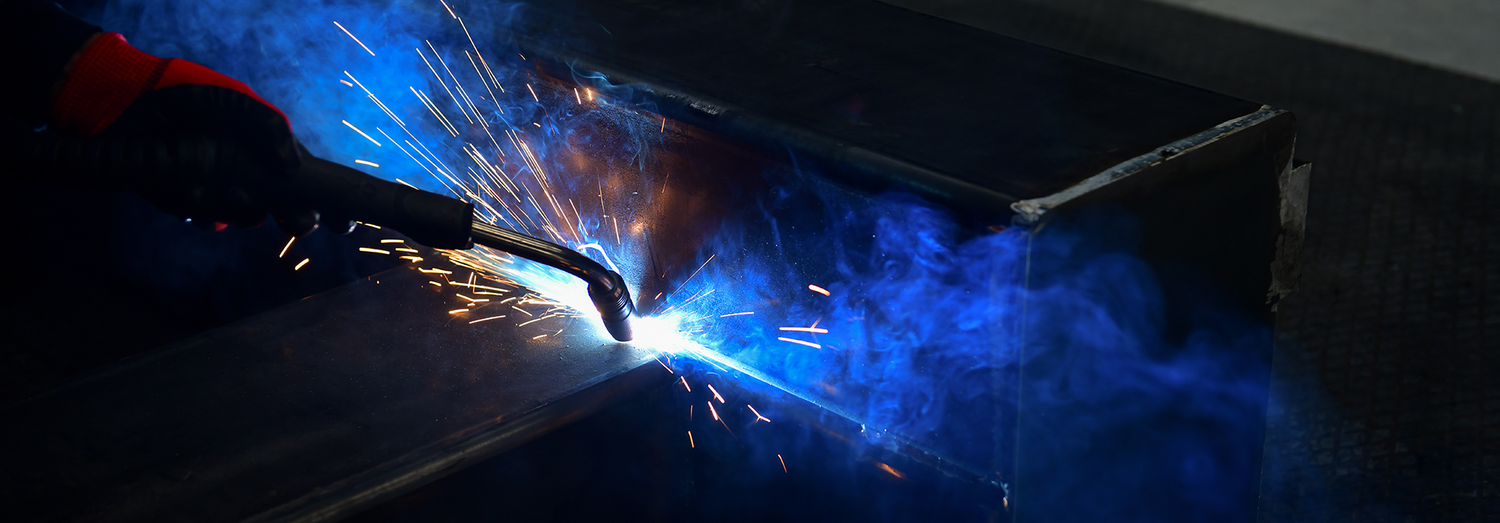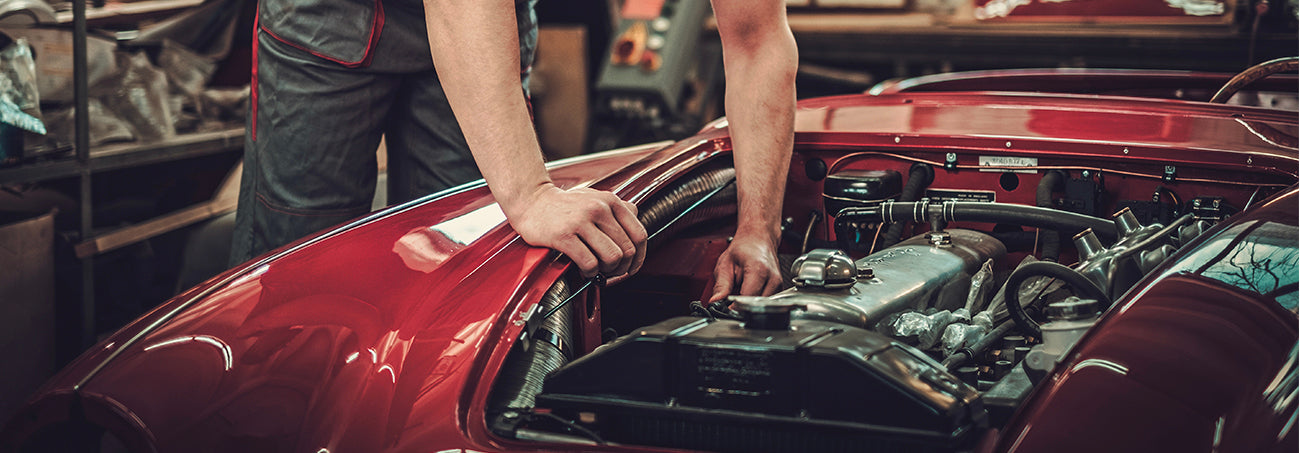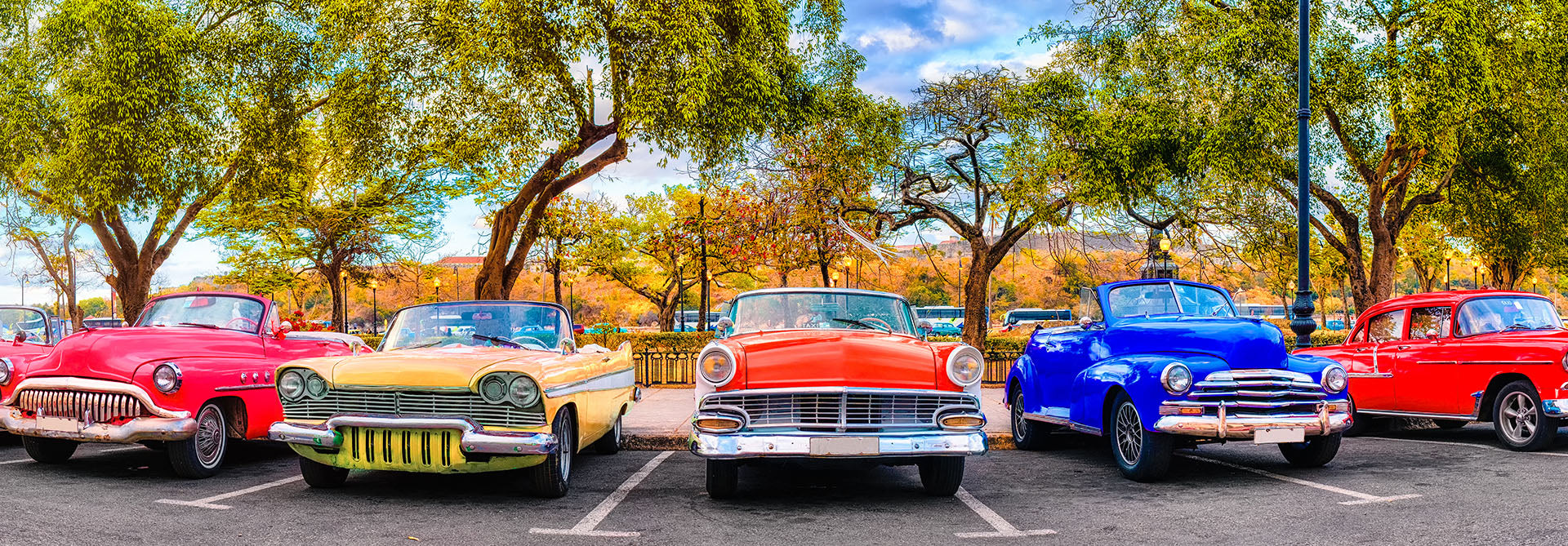Getting started in automotive welding isn’t a walk in the park, but it’s not rocket science, either (except for the flammable explosives part). With a little dedication and the right guide, anyone can learn the secret ways of transforming a vehicle into a masterpiece that would make Henry Ford sing “hallelujah” in his grave. Follow these five steps to get started in automotive welding!

Step One: Pick a Type of Welding
There are pros and cons to all types of welding. Stick welding is cheap, but creates thick welds; MIG welding is easy to learn, but produces a lot of heat; TIG welding creates the cleanest welds, but is the most difficult to learn. (Check out more differences between welding types here.)
Of the three types of welding, MIG welding offers the most “pros” and the fewest “cons” for automotive welding. MIG welding is easy for a beginner to pick up, welds thin to medium metals, and has enough range of movement that it can be done anywhere on a car. And best of all, it produces clean, high-quality welds.
Now before you TIG welders begin lighting your torches and sharpening your pitchforks, we do want to clearly state that TIG has many benefits over MIG when it comes to automobile welding. TIG often produces less warpage and welds aluminum significantly better than MIG. However, for a beginner, MIG can be a frustrating and daunting process to begin learning.

Step Two: Get Your Gear
The first thing you’ll need to start MIG automotive welding is a MIG welding machine. We strongly recommend looking at reliable, trusted brands for your machine. The Millermatic 211, ESAB EM 210 MIG and Lincoln Power MIG 210 MP (which has a $500 rebate) are all excellent machines.
Once you’ve got your MIG welder, you’ll want to pick up some welding wire and gas. Both of these will be determined by your welding machine and the material you’re welding on. To clean your weld, you’ll also want an angle grinder.
Remember to get safety equipment, too. Even the best weld isn’t worth getting injured for. You’ll need a welding helmet to protect your money-maker. You’ll also want to get a good set of welding gloves, leather protective clothes, and a mask or respirator to protect you from fumes.
While you’re stocking up to weld, grab some scrap metal. You’ll use it to practice welding on before you get going on a car.
There are hundreds of great welding tools out there that will help you in your automotive welding experience. Most aren’t necessary for a beginner, though we suggest investing in a wire brush and acetone (to clean the metal before you weld on it) and a set of welding pliers (to trim the welding wire and clean spatter from the welding gun).

Step Three: Start Welding
Safety First
Before you start welding, double-check your environment to make sure you’re as safe as possible. Wear proper safety gear: a welding mask, gloves and protective clothes. Double-check the area you’re welding in, and move anything that could be affected by heat or catch fire from a spark. With that in mind, it’s good practice to keep a fire extinguisher close at hand. Also, be sure your welding area is well-ventilated to protect you from fumes.
When you’re setting up your MIG welder, you’ll attach the welding ground clamp to a metal surface. Make sure this surface is clean of any paint or debris so you get the best grounding. When you’re welding on a car, we suggest disconnecting the car’s negative battery terminal. This is a “better-safe-than-sorry” procedure to protect you from any power surges while you weld.
Pre-welding Prep
Before you weld, take a few minutes to clean the metal you’re going to be welding on. You can use a wire brush and acetone to clean oils and dirt off of the surface. While you’re at it, grind down any edges that are being joined together. Doing so makes your weld stronger and more effective.
Check your welding gun, too! The wire should stick out of the gun about 1/4 inch. Make sure the tip of the wire is clean and that there’s no spatter (drops of molten metal) on the nozzle.
Practice Welding
Practice welding and grinding on scrap metal before doing so on a car. This gives you a chance to practice with the tools and get first-time fumbles out of the way. You’ll want to practice laying beads with the welding gun to get a feel for the movement: the tip of the welding gun should move in a small, zig-zag motion. Create a few short beads to get a feel for the tool.
Weld the Car
Once you’re feeling comfortable with a grinder and welding gun, go ahead and work on your vehicle! We suggest making small beads in different areas of the car. This avoids overheating areas of the vehicle, which can warp if they get too hot. Focus on making clean welds with smooth movements: having clean welds will save you hours of grinding time.

Step Four: Clean the Weld
Practice cleaning a weld on some scrap metal before doing so on a car. To do so, use an angle grinder. If you’ve used an electric sander before, you’ll be pretty comfortable with grinding a weld: they use the same circular movements (think Mr. Miyagi and “wax the car”). Don’t worry if grinding your first weld takes a while. The cleaner the weld, the less time it takes to grind, and that sort of clean welding comes with practice.
When cleaning the weld, don’t rush: if you go too fast, you risk grinding through the weld or the metal and having to redo it. You should see orange sparks as you’re using the grinder. If there are any blue sparks, you’re pushing too hard.
Just like a MIG welder, using a grinder in one place for too long can cause metal to overheat and warp. Move the grinder in circular motions over the whole area to avoid damaging the metal of the car.

Step Five: Celebrate!
Be proud of yourself! You’ve entered the incredible world of automotive welding. With a MIG welder and some experience under your belt, you can do all sorts of vehicle modification and restoration work.







